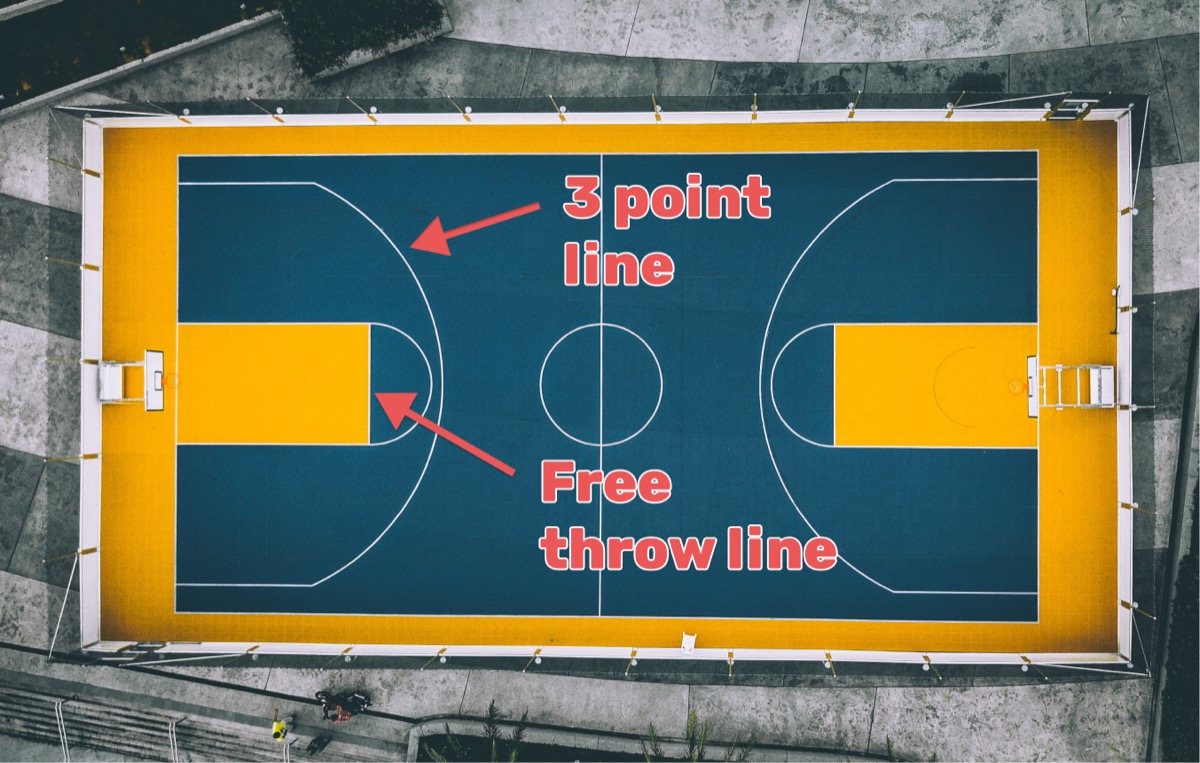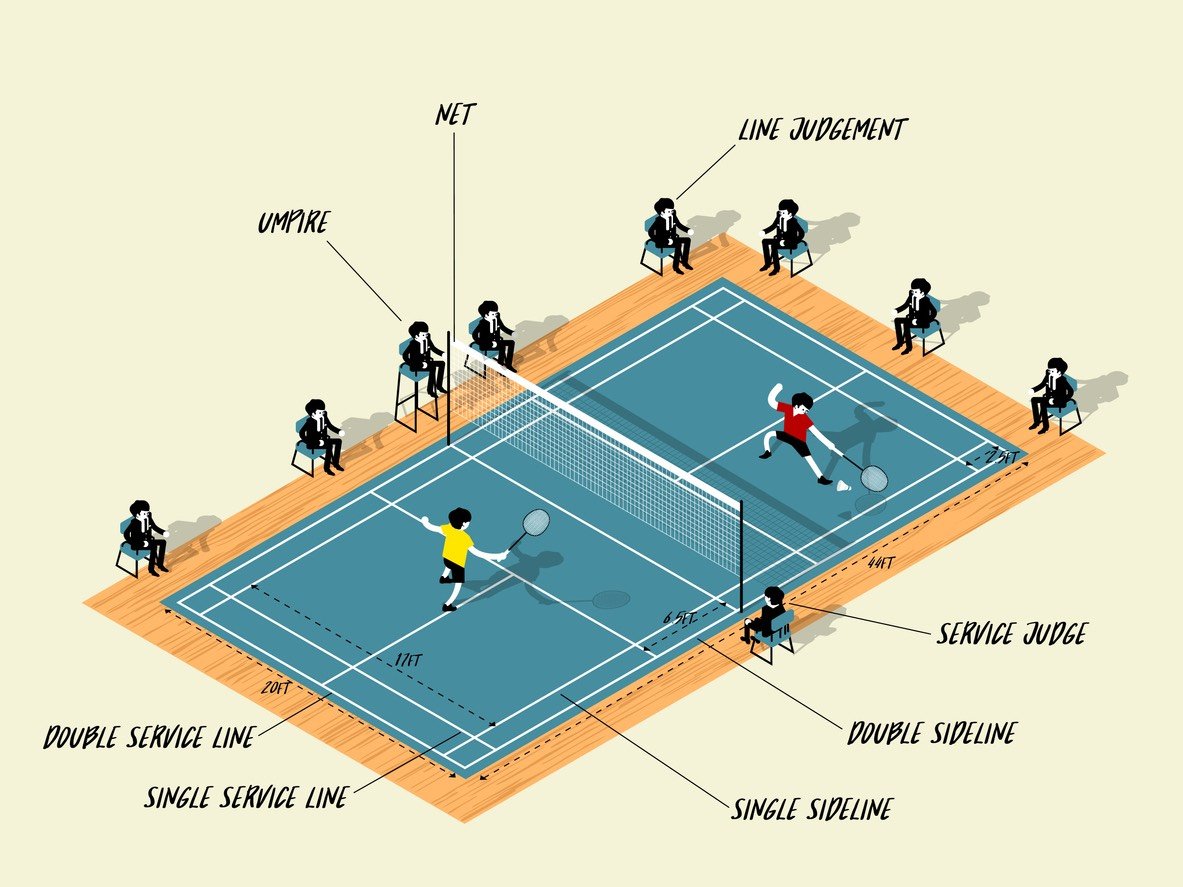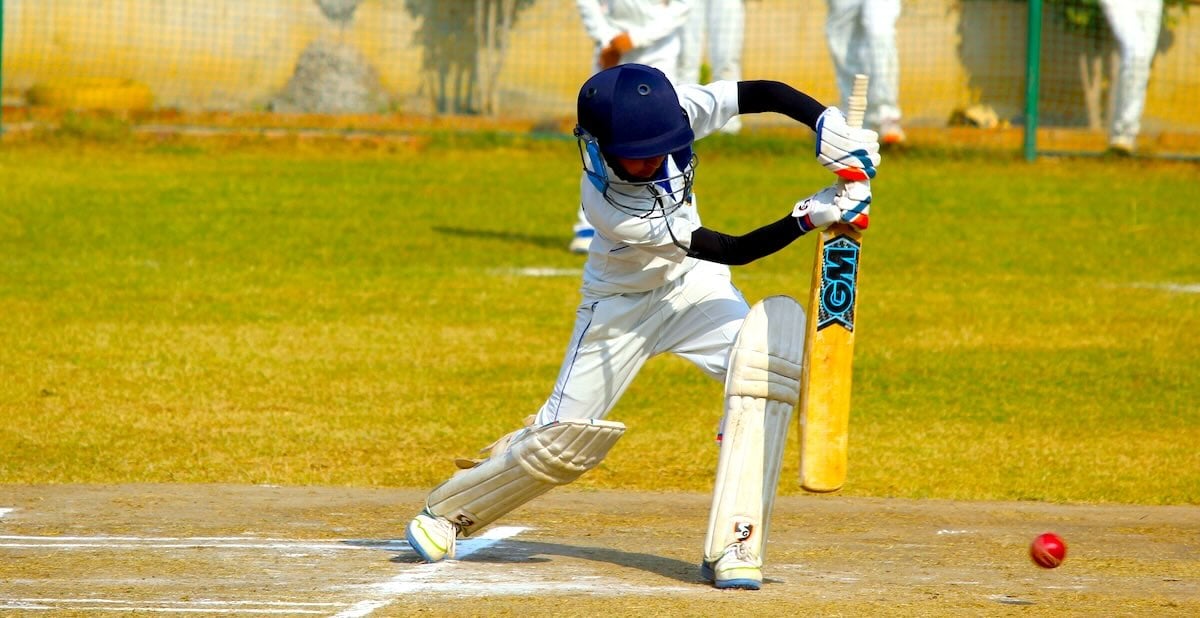
Cricket, a bat-and-ball game adored by millions worldwide, can appear complex to newcomers, particularly when it comes to deciphering the scorecard. But don’t worry, aspiring cricket enthusiasts! This comprehensive guide will equip you with the knowledge to not only understand cricket scoring but also appreciate the nuances that make the sport so captivating.
Introduction: Cricket 101
Cricket is a team sport played between two teams of eleven players each. Unlike most field sports, the number of players actively participating on the field differs between the batting and fielding sides.
The batting team has two players (the batsman and the non-striker) on the field at a time, aiming to score runs. Meanwhile, the fielding team deploys all eleven players strategically across the field to prevent runs and dismiss the batsmen.
Understanding how runs are scored and how batsmen are dismissed forms the bedrock of learning cricket scoring.
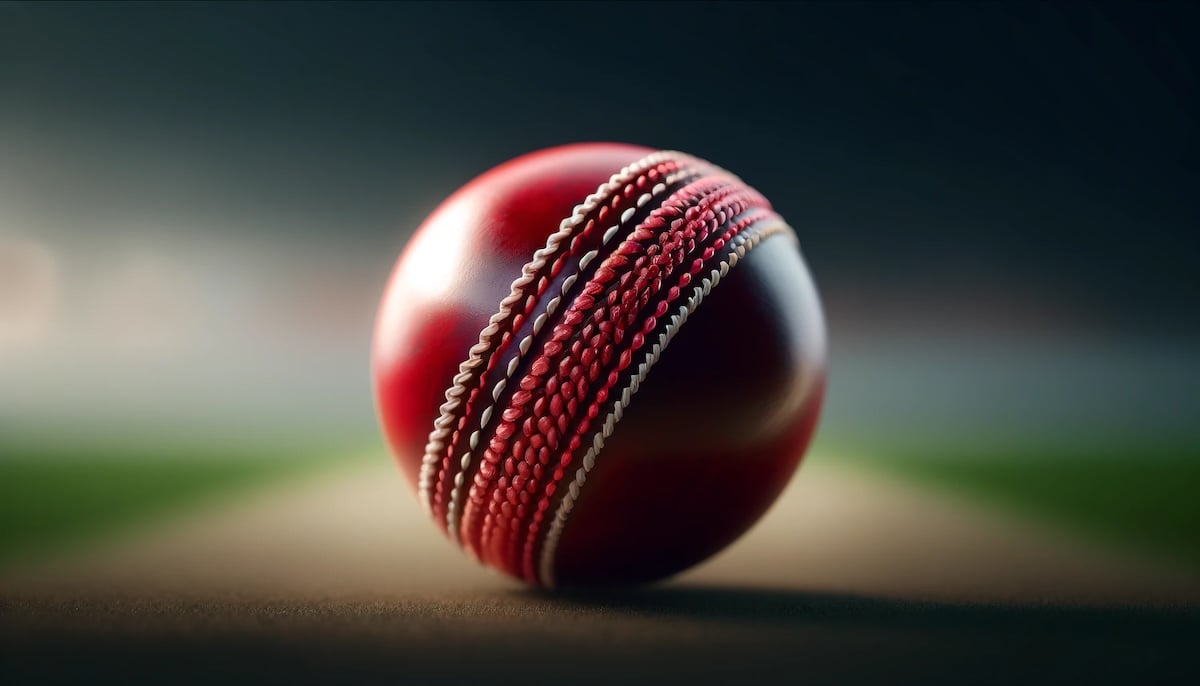
How Do You Score in Cricket?
Cricket scoring rules revolve around three fundamental elements: runs, wickets, and overs.
Basic Scoring in Cricket
- Runs: The primary objective in cricket is to score runs. Runs are accumulated by the batting team in various ways, most commonly by hitting the ball and running between the wickets (the three wooden stumps with two bails balanced on top). Each complete run earns the batting team one point.
- Wickets: A wicket signifies the dismissal of a batsman. Ten wickets lost by the batting team concludes their innings. Dismissals can occur in various ways, such as being caught by a fielder after hitting the ball, having the wicket dislodged by the bowler (the player who throws the ball), or running out of attempts to reach the crease (the area between the wickets) before the ball.
- Overs: An over in cricket consists of six deliveries bowled by a single bowler. A bowler can bowl a maximum of 10 overs in a one-day international match. Overs help regulate the duration of the game and ensure fairness between the batting and fielding sides.
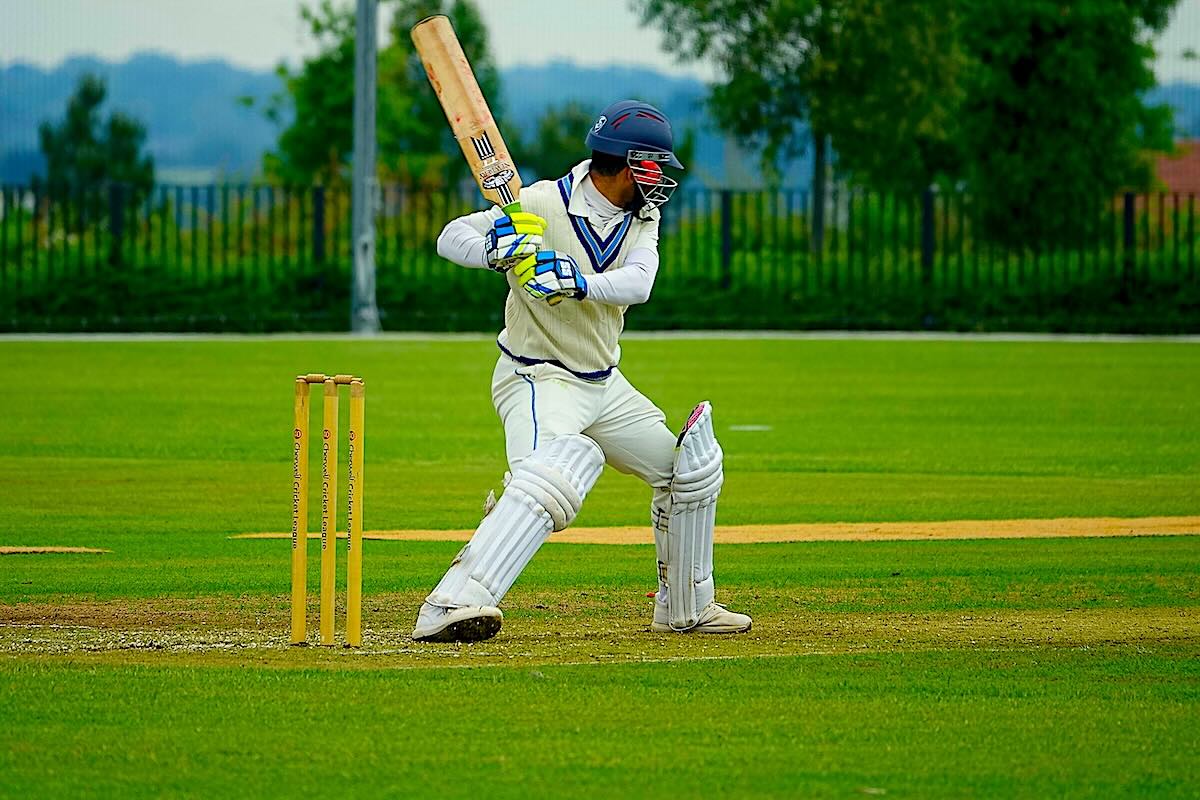
Advanced Scoring In Cricket
Beyond the basic framework, cricket match scoring incorporates additional elements that add depth and excitement to the game.
- Extras: Extras are runs awarded to the batting team due to fielding errors or penalties imposed on the fielding side. Some common examples of extras include wides (balls bowled too far outside the batsman's reach) and no-balls ( illegal deliveries, such as exceeding the bowling height restriction).
- Boundaries: Boundaries are awarded when the ball reaches or crosses the boundary rope marking the edge of the playing field without bouncing. Hitting a four (the ball reaches the boundary on the ground) earns the batting team four runs, while a six (the ball clears the boundary without bouncing) earns them six runs. Boundaries add a thrilling element to the game, with batsmen attempting powerful shots to score quickly.
- Strike Rate: The strike rate is a statistic that measures the batsman's scoring speed. It's calculated by dividing the batsman's runs scored by the number of balls faced, multiplied by 100. A high strike rate indicates an aggressive batsman aiming for quick runs, while a lower strike rate suggests a more cautious approach focused on accumulating runs steadily.
Scoring Examples
To help give a better picture, let's illustrate cricket scoring with the following examples:
Example 1: The batsman hits the ball cleanly and manages to run two times between the wickets before the fielder retrieves the ball. This scores two runs for the batting team.
Example 2: The batsman swings the bat powerfully, sending the ball soaring over the boundary rope without bouncing. This earns the batting team a six.
Important Cricket Scoring Rules
While the core principles of scoring seem straightforward, there are additional rules that play a crucial role in determining the outcome of a match. Here are two significant ones:
Duckworth-Lewis Method
Rain interruptions are a frequent occurrence in cricket. The Duckworth-Lewis method is a mathematical formula used to set a revised target for the team batting second in the event of a rain delay or interruption. This ensures a fair contest by accounting for the number of overs lost and wickets remaining for the team chasing a target.
Decision Review System (DRS)
The DRS is a technology-assisted system that allows teams to challenge umpiring decisions on dismissals, such as caught behind or lbw (leg before wicket). Players have a limited number of reviews per innings, and replays are used to determine if the umpire's call was correct.
How To Read A Cricket Scorecard
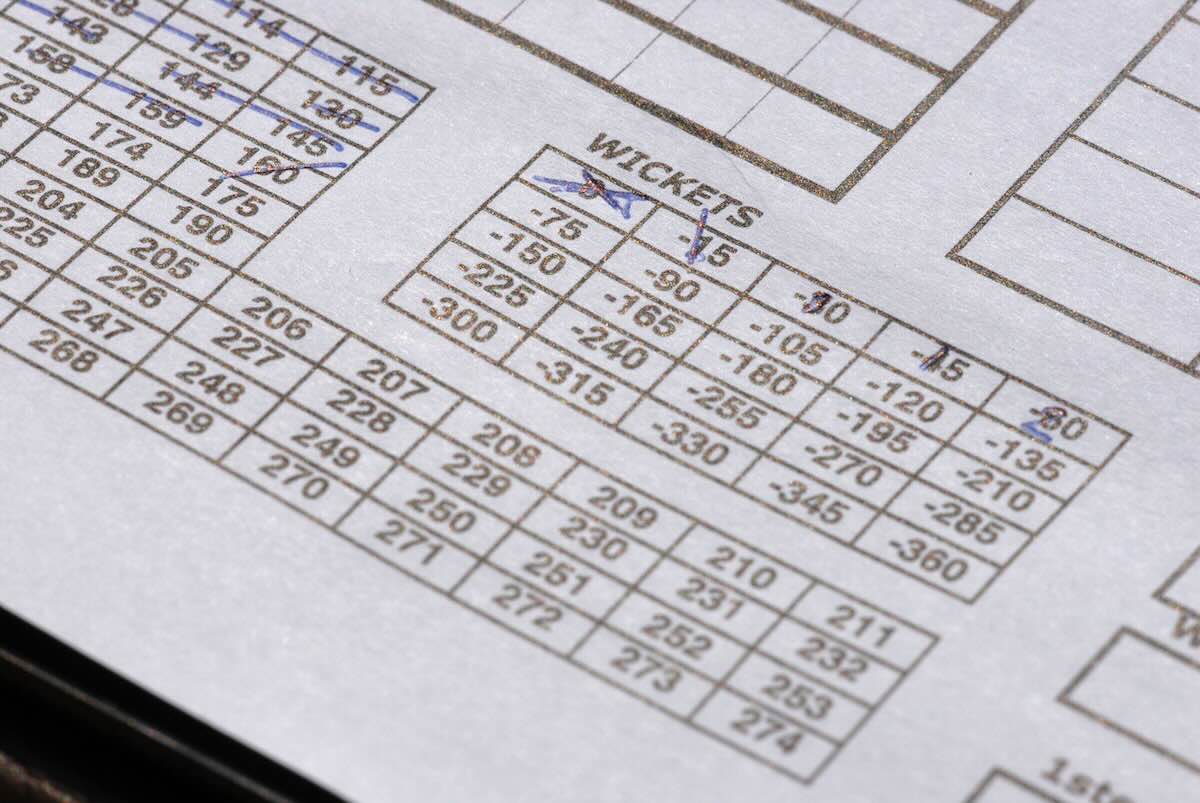
A cricket scorecard provides a comprehensive breakdown of the game's progress. It typically displays the following information:
- Team names: Identifies the competing teams.
- Batting scores: This section showcases individual and team batting performances.
- Batsman name: Identifies each batsman who came out to bat.
- Runs: Reflects the total number of runs scored by each batsman.
- Balls faced: Indicates the number of balls each batsman faced during their innings.
- Fours and Sixes: Shows the number of boundaries (fours and sixes) hit by each batsman.
- How Out (HO): Specifies the manner of dismissal for each batsman (e.g., caught, bowled, etc.).
- Bowling figures: This section details the bowling performance of each bowler.
- Bowler name: Identifies each player who bowled for the fielding side.
- Overs: Shows the number of overs bowled by each bowler.
- Maidens: Indicates the number of overs bowled by a bowler where the batting team failed to score any runs.
- Wickets: Reflects the number of batsmen dismissed by each bowler.
- Runs conceded: Represents the total number of runs scored off a particular bowler's deliveries.
- Fall of wickets: This section chronologically lists the score at which each batsman's wicket fell.
- Partnership (Partnerships): Highlights partnerships between batsmen who batted together for a significant period. Partnerships with high runs scored indicate strong batting performances.
- Extras: Lists the total number of extra runs awarded to the batting team.
- Totals: Displays the final score of each team after their innings.
How to Read A Cricket Scoreboard
A cricket scoreboard is a physical or digital display that presents a real-time summary of the match's progress. It typically shows:
- Team scores: The current score of each team. However, the full context of a match is not revealed until both teams have batted
- Overs bowled: The number of overs completed in the innings.
- Wickets lost: The number of wickets lost by the batting team.
- Batsman on strike: The batsman currently facing the bowler's deliveries.
- Non-striker: The batsman positioned at the other end of the pitch.
- Run rate: The average number of runs scored per over.
How To Make An Online Cricket Scoreboard
For those interested in creating their own online cricket scoreboards, KeepTheScore is the leading solution for online scoreboards. Our platform features include:
- Entering team names and player details.
- Tracking runs, wickets, and overs bowled.
- Recording extras and boundaries.
- Generating live score updates and visualizations
- Scoreboard overlays for OBS/streaming platforms.
You can be up and running in under 30 seconds, no registration nor payment required.
NOTE The scoreboard is currently under development. Stay tuned!
Cricket scoring, once demystified, unlocks a deeper appreciation for the sport's strategic nuances and the individual brilliance of players.
By understanding the components of a scorecard, the excitement of boundaries cleared, partnerships built, and wickets taken comes alive. So, the next time you witness a cricket match, don't hesitate to delve into the scorecard and revel in the rich tapestry of cricketing statistics!





